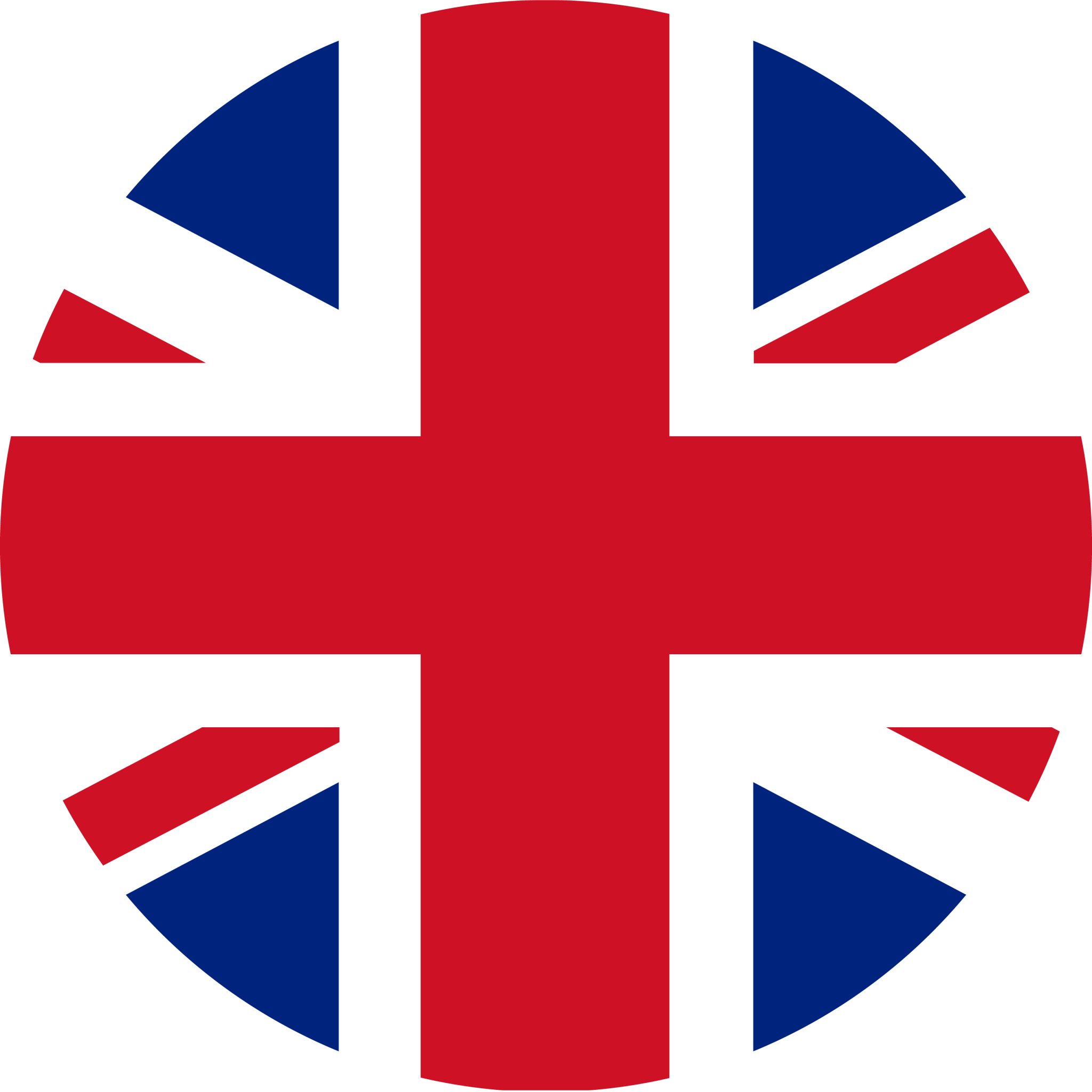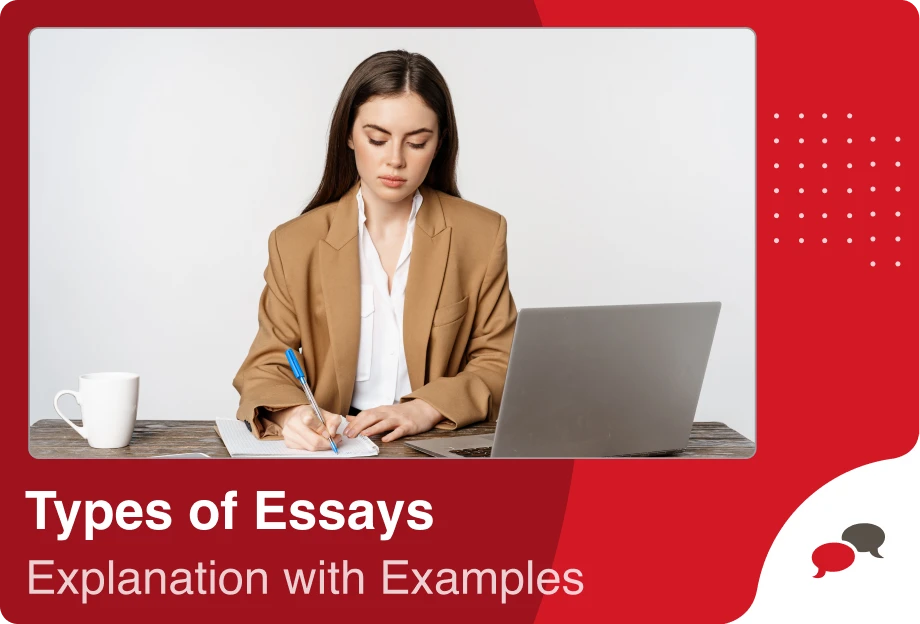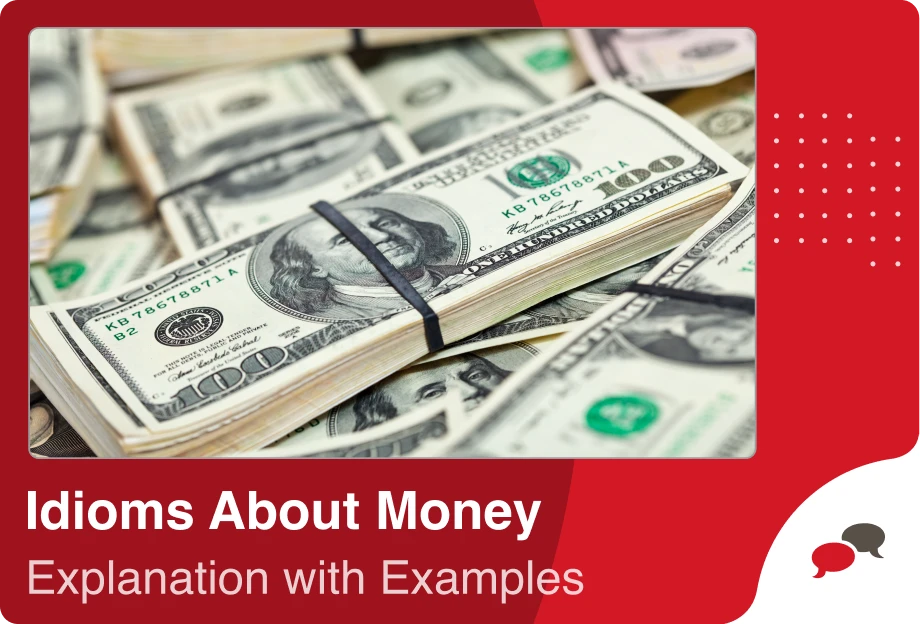Have you ever wondered how we express actions that happened in the past, are happening right now, or will happen in the future? Tenses are the tools for expressing time in language. They allow us to describe the events in our life and tell our stories while helping us communicate better during conversations. Today, we will talk about what tenses are, why they’re important, and how they help us understand when something is happening. Tenses might sound tricky at first, but once you understand the basics and get the hang of using them, you will find it fun to add them to your speaking and writing.
What are Tenses?
Tenses are an important part of the English language that help us talk about actions or events happening at different times. We can talk about something happening right now, in the past, or in the future. Tenses help us express our actions clearly. There are 12 tenses in the English language.
Present Tenses
The present tense is a verb tense used to describe actions, events, or situations that are happening now, regularly, or generally true. It helps us talk about things that are true in the present moment, things we do frequently, and facts that don’t change. There are four types of present tenses in English:
Simple Present Tense
The Simple Present Tense is one of the most important topics we need to learn when studying English, as it is the simplest method in terms of sentence structure and grammar. With the Simple Present Tense, we can form simple sentences. The Simple Present Tense is used to express actions that are regularly performed. It is used to convey many topics such as scientific facts, general rules, and daily routines.
Let’s learn about the Simple Present Tense!
Positive sentences:
I + V1 + Object
He/She/It + V1(-s/-es) + Object
You/They/We + V1 +Object
Negative sentences:
I + do + not + V1 + object
He/She/It + does + not + V1 + Object
You/We/They + do + not +V1 + Object
Questions:
Do + I + V1 + Object ?
Does + He/She/It + V1 + Object ?
Do + You/We/They + V1 + Object ?
Simple Present Tense is used:
To describe actions that are repeated regularly.
– I go to school every day.
– He reads a book every night.
To express unchanging states, feelings, and desires.
– I live in Chicago.
– She wants to have a party.
To state facts that are generally known.
Dogs do not /don’t fly.
The cat does not / doesn’t like water.
Present Continuous Tense
The Present Continuous Tense is used when we talk about something that is happening right now or around this moment. It’s for actions that are not permanent, but things that are going on at the moment.
Let’s learn how to use the Present Continuous tense!
Positive sentences:
I + am + V1-ing
He/She/It + is + V1-ing
You/They/We + are + V1-ing
Negative sentences:
I + am + not + V1-ing
He/She/It + is + not + V1-ing
You/We/They + are + not +V1-ing
Questions:
Am + I + V1-ing ?
Is + He/She/It + V1-ing ?
Are + You/We/They + V1-ing ?
Here are some Present Continuous tense examples:
– I am going to the cinema.
– She is eating a sandwich.
– He is not / isn’t sleeping right now.
– My mother is cooking food.
– Are you walking home?
– Is she coming to the concert?
– I am not doing my homework.
– He is not / isn’t swimming at the pool.
– They are not / aren’t looking at us.
– The cat is climbing on the tree.
Present Perfect Tense
The Present Perfect Tense is about actions that happened in the past, but without mentioning exactly when they happened. If you want to talk about something that happened in the past, but you don’t say when it happened, you use the Present Perfect Tense. But if you say exactly when it happened, like “yesterday” or “last week,” then you use the Simple Past Tense.
Let’s check some examples about how to form a sentence with Present Perfect tense.
Positive sentences:
I/You/They/We + have + V3
He/She/It + has + V3
Negative sentences:
I/You/We/They + have + not + V3
He/She/It + has + not + V3
Questions:
Have + I/You/We/They + V3 ?
Has + He/She/It + V3 ?
Here are some examples:
– She has visited the zoo.
– I have walked home.
– They have not / haven’t called.
– He has not / hasn’t arrived yet.
– Has he asked you?
– Have you talked to her?
Most verbs get -ed at the end when we make a sentence with verb 2 or 3, but some verbs are irregular and don’t follow the -ed rule. Here are some examples.
– I have eaten lunch.
– He has gone home.
– They have been busy.
– We have not / haven’t eaten.
– She has not / hasn’t come to school.
– Have you done your homework?
– Has she left the store?
Present Perfect Continuous Tense
We use the Present Perfect Continuous Tense when we want to talk about something that started in the past and is still happening or was happening recently. It shows that an action has been happening for some time and is still going on or has just finished.
Here is how we make the Present Perfect Continuous tense:
Positive sentences:
I/You/They/We + have been + V1-ing
He/She/It + has been + V1-ing
Negative sentences:
I/You/We/They + have + not + been+ V1-ing
He/She/It + has + not + been + V1-ing
Questions:
Have + I/You/We/They + been + V1-ing ?
Has + He/She/It + been + V1-ing ?
Here are some examples for you to practice!
– I have been doing my homework.
– She has been walking all day.
– He has been calling you.
– They have not / haven’t been working on their project.
– The water has not / hasn’t been dripping.
– You have not / haven’t been drinking your tea.
– Have you been reading your book?
– Has she been playing that game?
– Have we been cooking all day?
Past Tenses
Past tenses are used to talk about actions or events that happened before now. We use past tenses when we are talking about something that is already finished or completed. For example, if you want to talk about something you did yesterday or a year ago, you use a past tense. There are four types of Past Tenses in English:
Simple Past Tense
Simple Past Tense is used to talk about things that happened in the past and are already finished. It’s like telling a story about something that is already done. We use this tense when we want to say what we did, what happened, or when something started and ended in the past.
Let’s check how to create a sentence with Simple Past Tense:
Positive sentences:
I/You/They/We/He/She/It + V2
Negative sentences:
I/You/We/They/He/She/It + did + not + V1
Questions:
Did + I/You/We/They/He/She/It + V1 ?
Here are some examples:
– I walked to school.
– She danced at the party.
– They celebrated my birthday.
– Did you call your father?
– Did they eat the cookies?
– Did she go home?
– I did not / didn’t read your note.
– He did not / didn’t come to the park.
– You did not / didn’t tell me.
It is important to know irregular verbs too, so here are some examples!
– I brought my book with me.
– He sent me a message.
– I saw a movie.
– My mom fed the cat.
– They forgot about the plan.
Past Continuous Tense
We use Past Continuous Tense to talk about actions that were happening at a specific moment in the past. It’s like telling a story about something that was in progress when something else happened.
Here is how we make a sentence in Past Continuous tense:
Positive sentences:
I/She/He/It + was + V1-ing
You/They/We + were + V1-ing
Negative sentences:
I/She/He/It + was + not + V1-ing
You/They/We + were + not + V1-ing
Questions:
Was + I/She/He/It + V1-ing ?
Were + You/They/We + V1-ing ?
Let’s look at some examples of Past Continuous tense!
– I was talking to my friend.
– My parents were sleeping.
– You were playing a game.
– She was not / wasn’t listening to the song.
– We were not / weren’t yelling.
– I was not / wasn’t jumping on the bed.
– Were you leaving?
– Was she baking a cake?
– Were you driving a car?
Past Perfect Tense
Past Perfect Tense is used to talk about an action that was completed before another action in the past. It’s mostly used for saying “this thing happened first, then that thing happened.” It helps us explain which action happened first in the past when there are two actions happening.
Here is how you make a Past Perfect Tense sentence:
Positive sentences:
I/You/They/We/He/She/It + had + V3
Negative sentences:
I/You/We/They/He/She/It + had + not + V3
Questions:
Had + I/You/We/They/He/She/It + V3 ?
Now, here are some examples for you:
– I had agreed to go with her.
– She had not / hadn’t accepted my invitation when I called her.
– Had they answered your question?
Let’s look at examples with irregular verbs!
– You had bought a bag.
– He had not / hadn’t gotten my letter before I talked to him.
– Had she known your secret?
– Our dog had gone outside.
– My dad had not / hadn’t drunk his coffee.
Past Perfect Continuous Tense
Past Perfect Continuous Tense is used to show that an action was happening continuously in the past before another action or point in time. It’s used to describe something that was happening for some time until another action took place.
Let’s look at how we make a sentence with Past Perfect Continuous Tense!
Positive sentences:
I/You/They/We/He/She/It + had + been + V1-ing
Negative sentences:
I/You/We/They/He/She/It + had + not + been + V1-ing
Questions:
Had + I/You/We/They/He/She/It + been + V1-ing ?
Here are our examples for Past Perfect Continuous tense:
– I had been walking home when you called me.
– She had been crying.
– They had not / hadn’t been studying English.
– He had not / hadn’t been asking any questions.
– Had your grandmother been cooking?
– Had she been needing help?
Future Tenses
Future Tenses are used to talk about actions or events that will happen later or after the current moment. In English, there are several ways to express the future depending on the situation. There are four main types of Future Tenses:
Simple Future Tense
The Simple Future Tense is used to talk about things that will happen later or in the future. It’s like making plans or guesses.
Here is how we make a sentence using Simple Future tense:
Positive sentences:
I/You/They/We/He/She/It + will + V1
Negative sentences:
I/You/We/They/He/She/It + will + not + V1
Questions:
Will + I/You/We/They/He/She/It + V1 ?
Here are some examples for you to look at!
– I will go to the cinema.
– She will call me tomorrow.
– We will not / won’t buy a car.
– He will not / won’t eat the cookie.
– Will you come to my party?
– Will your mom (she) write me a note?
Future Continuous Tense
The Future Continuous Tense is used to talk about actions that will be happening at a certain time in the future. It’s just like going to the future with a time machine and seeing something happening.
Here is how we use it:
Positive sentences:
I/You/They/We/He/She/It + will + be + V1-ing
Negative sentences:
I/You/We/They/He/She/It + will + not + be + V1-ing
Questions:
Will + I/You/We/They/He/She/It + be + V1-ing ?
Let’s look at some examples of Future Continuous tense!
– I will be seeing a movie tomorrow.
– She will be doing her homework.
– He will not / won’t be playing that game.
-They will not / won’t be walking with us.
– Will you be seeing Viktor tomorrow?
– Will my dad be picking us up?
Future Perfect Tense
The Future Perfect Tense is used to talk about actions that will be completed before a certain time in the future. We use it to imagine that something will already be finished when we look back at it in the future.
Here is how you form a sentence with Future Perfect tense:
Positive sentences:
I/You/They/We/He/She/It + will + have + V3
Negative sentences:
I/You/We/They/He/She/It + will + not + have + V3
Questions:
Will + I/You/We/They/He/She/It + have + V3 ?
Time to look at some example sentences!
– We will have painted the room by tomorrow morning.
– I will not / won’t have finished my book.
– Will she have accepted the offer?
Here are some examples with irregular verbs:
– She will have written the essay before the deadline.
– He will not / won’t have brought his umbrella.
– Will we have taken the dog to the vet?
Future Perfect Continuous Tense
The Future Perfect Continuous Tense describes actions that will have been happening for a certain duration of time at a specific point in the future. It can help us talk about the duration of an action up to a point in the future, or how long something will have been happening.
Let’s see how we form a sentence with Future Perfect Continuous tense!
Positive sentences:
I/You/They/We/He/She/It + will + have + been + V-ing
Negative sentences:
I/You/We/They/He/She/It + will + not + have + been + V-ing
Questions:
Will + I/You/We/They/He/She/It + have + been + V-ing ?
Here are your example sentences:
– They will have been living in this city for 10 years next week.
– I will have been working on this project for six hours by 10 PM.
– They will not / won’t have been driving for too long when they reach the hotel.
– She will not / won’t have been writing a letter.
– Will you have been practicing enough?
– Will I have been studying?
Frequently Asked Questions about English for Kids – Tenses
Why do we need to learn tenses?
The Present Simple is for actions that happen regularly or are facts, like “I eat lunch at 12.” The Present Continuous is for actions happening at the moment, like “I am eating lunch now.”
What is the best way to learn English tenses?
The best way to learn English tenses is to practice them through speaking, writing, and reading. Use examples, focus on understanding the rules, and regularly test yourself with exercises and real-life conversations.
How do I know which tense to use?
You choose the tense based on when the action happens:
– Use Present Simple for routines.
– Use Present Continuous for actions happening now.
– Use Past Simple for things that happened in the past.
– Use Future Simple for things that will happen later.
You can access everything your child needs to learn English on a single platform! With 25-minute live lessons guided by teachers specialized in child education, entertaining and instructive interactive videos designed for child development, vocabulary learning tools, the AI Tutor MiMi, quizzes, and interactive activities, EnglishCentral Kids offers a personalized and quality education plan tailored to your child’s needs at affordable prices. How about registering for EnglishCentral Kids now and starting your child’s English learning journey?











